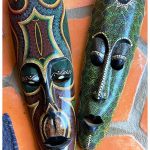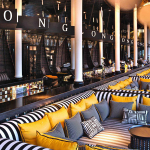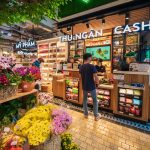7 Egypt travel facts that I’ve learned
When our felucca arrived at the dock of our Aswan hotel, with its fluttering sails and smiling Nubian crew, we knew it was the start of a really amazing adventure.
In some respects, Egypt was exactly what I expected: an exotic green ribbon of civilization clinging to the muddy banks of the Nile. Others, on the other hand, were taken aback. This is a huge one.
1. The pyramids are better made than you think
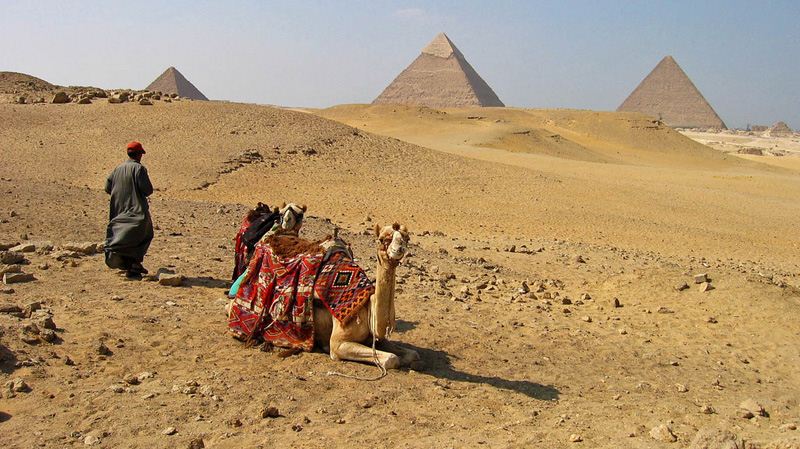
The Giza Pyramids are still the world’s biggest individual man-made monuments. Our tour guide, Amr, detailed how they were created before the wheel: ramps 25 kilometers long had to be built to allow ancient Egyptian laborers to transport car-sized slabs of stone to the top. It was awe-inspiring. I examined these stone blocks carefully while inside. They fit together so perfectly that you couldn’t fit a matchstick between them!
2. It (practically) never rains
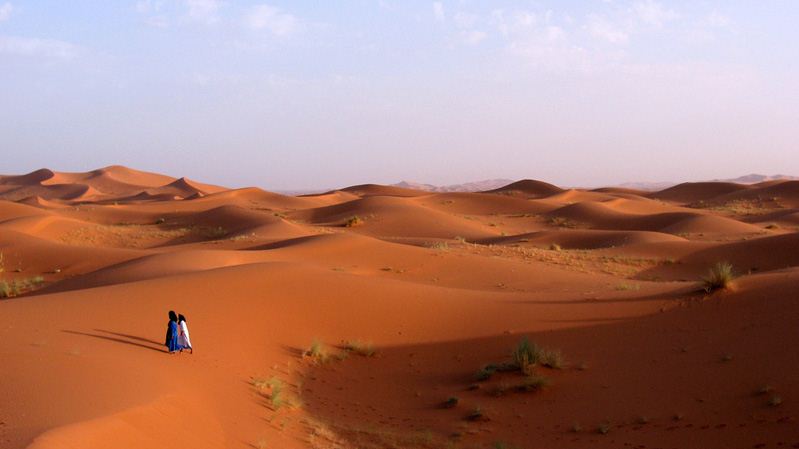
I grew up in the lush green valleys of south Wales, where it rains almost every day. I showed the skipper, Mustapha, a photograph of a rainbow over a port back home while cruising the Nile. Mustapha was mesmerized by the shot and informed me he had never seen a rainbow before. Further conversation showed that Mustapha, who had lived in Aswan his whole life, had only seen rain once — for half an hour…. Mustapha was 26 at the time! This made me realize how important the Nile is to Egypt. The Nile is like a life ribbon flowing across the desert; in reality, 95% of Egyptians live within 5 kilometers of its banks.
3. The national dish is called Koshari
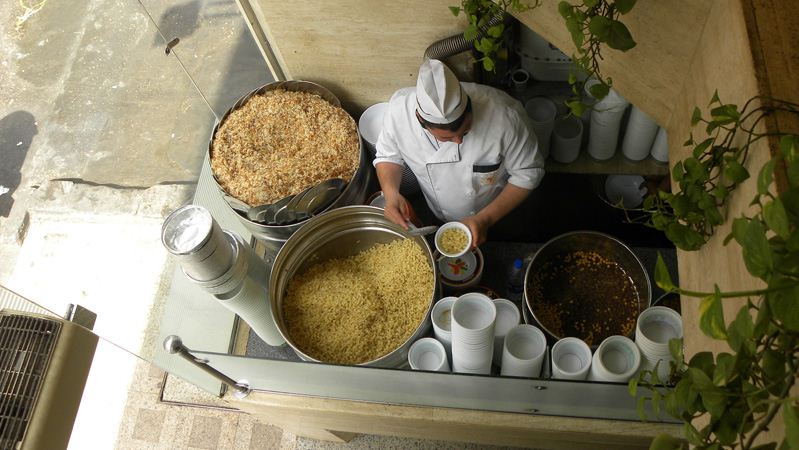
One of my favorite aspects of traveling is getting to sample new and intriguing meals, but I had no idea what to anticipate from Egyptian cuisine. Bread is undoubtedly a mainstay, but Egypt’s national food is koshari, a little-known delicacy. Amr, our tour guide, first introduced us to koshari in a little café in Cairo’s backstreets. It was made with brown rice, macaroni, and lentils and topped with crispy fried onions. A smaller dish of tomato sauce was balanced on top, which Amr directed us to pour over the koshari and mix in. It’s just what you need after a day of temple-hopping.
4. Egypt will add a new dimension to Indiana Jones
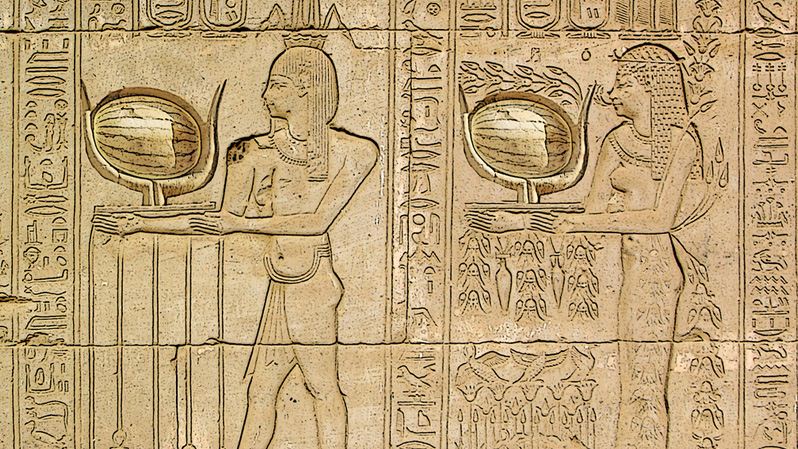
I’ve long been a fan of the Indiana Jones films. I’m quite sure I’ve seen Raiders of the Lost Ark dozens of times. I was flipping through the stations on my TV a few days after I returned from Egypt, when ‘Raiders’ came on. I realized I recognized some of the hieroglyphics on the Map Room walls just before Indie entered it! There was the falcon-faced god Horas, a key to life, and an image of my favorite Egyptian god — Amun Ra – a bit farther along.
Throughout our trip, Amr taught us about hieroglyphics. In the Cairo museum, Abu Simbel and at the Temple of Karnak in Luxor he deciphered the ancient symbols for us, bringing the friezes carved into the temple stones to life.
5. Glue is rare
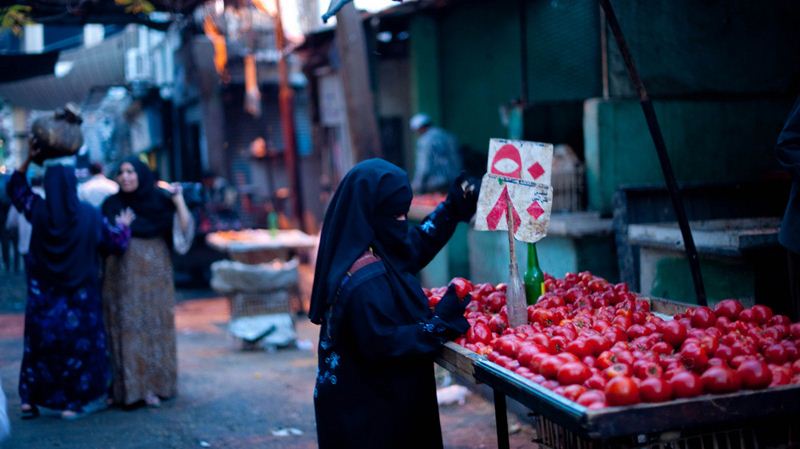
When I travel, I prefer to keep a journal. I use it to store the tickets and tokens I acquire on my travels. On the first day of my vacation, I purchased tickets to the Cairo Museum, the Pyramids, and the Sphinx. I asked Amr if I might go to a store where I could purchase some glue. Amr shook his head and scowled. He said that glue was a rare commodity. During our journey, we went to numerous marketplaces, bargaining with stall merchants for bags of unusual tea, pyramid-shaped souvenirs, and scented perfumes. Amr asked all the stallholders if they could tell us where we could buy glue, but most shook their heads at a loss. Finally Amr got a lead, and I followed him down a narrow, winding alley to a tiny bookshop where the owner produced a glue stick from under the counter.
6. The desert is far more than just sand
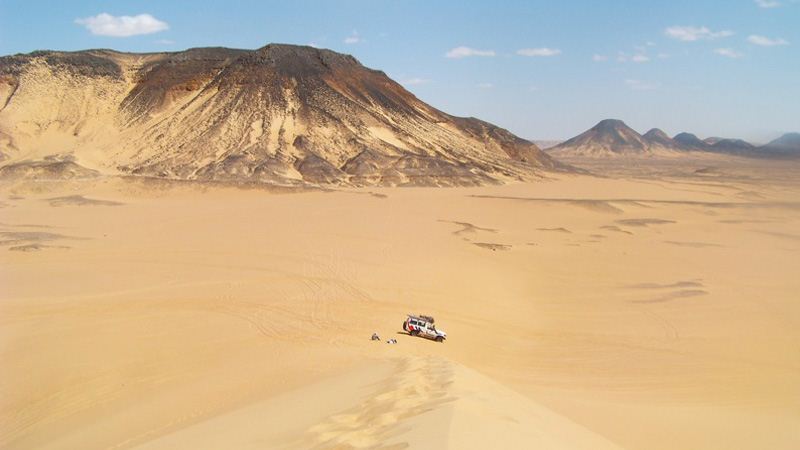
While in Aswan, I chose to see the Temple of Abu Simbel, a magnificent structure erected by King Rameses II near the Sudan border. We got up at 4 a.m. and drove through the Sahara in convoy for four hours to arrive to Abu Simbel. It was dark when we left, but an hour later, the sun rose, revealing the most magnificent view. My imagination had lead me to assume that the desert was mostly sandy and devoid of features. The Sahara, on the other hand, is a region of breathtaking and surprising beauty. Sure, there’s a lot of sand, but it’s multicolored — swaths of red, spots of yellowish yellow, and black streaks. It’s also far from flat and featureless – there are rocky outcrops and valleys, raised plateaux and singular obelisks standing proud above the sands.
7. There is no finer way to travel than aboard a felucca
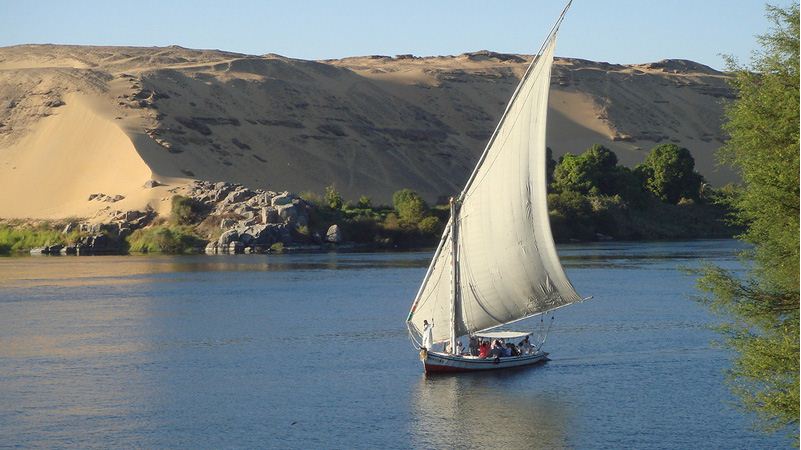
The breeze over the Nile was quite strong when we boarded our felucca. As we zigzagged downstream, our party switched from port to starboard, assisting with boat balance. We quickly became hungry, so we moored at a protected place on the Nile’s western bank for lunch. Using only a bag of veggies, a pot of rice, and a camping gas burner, our crew prepared the most amazing supper. We helped peel and cut the vegetables, but it was their Nubian magic that created the wonderful vegetable stew with tahini and salad. The wind died down over lunch, so all we had to do when we set sail was lie on the deck of the felucca, watching flocks of birds eat on the river, sipping cold Egyptian beer, and watching the world go by. We passed many massive cruise ships with their all-day breakfast buffets and cabarets while sailing. The passengers on those cruise ships had no idea what they were losing out on.











